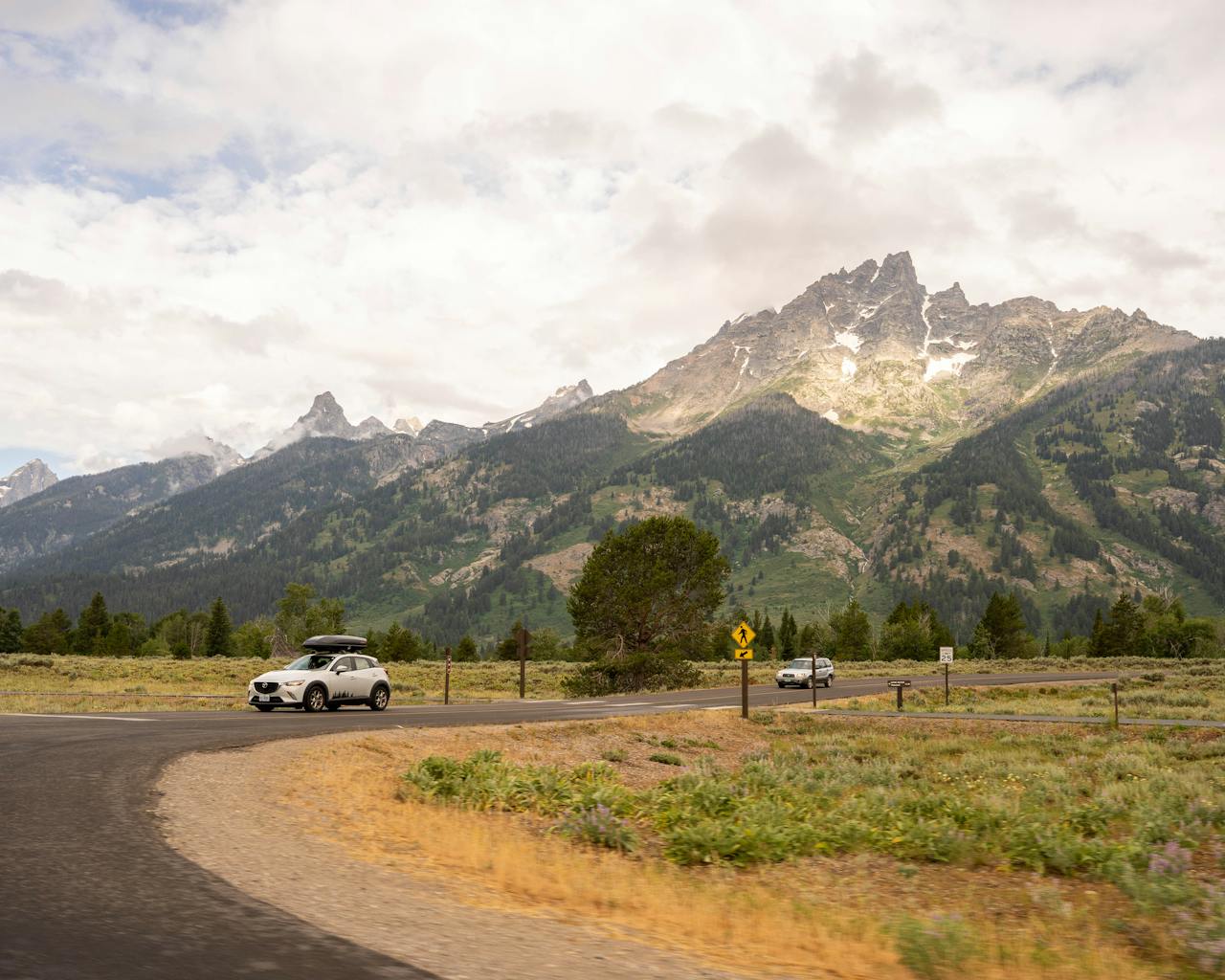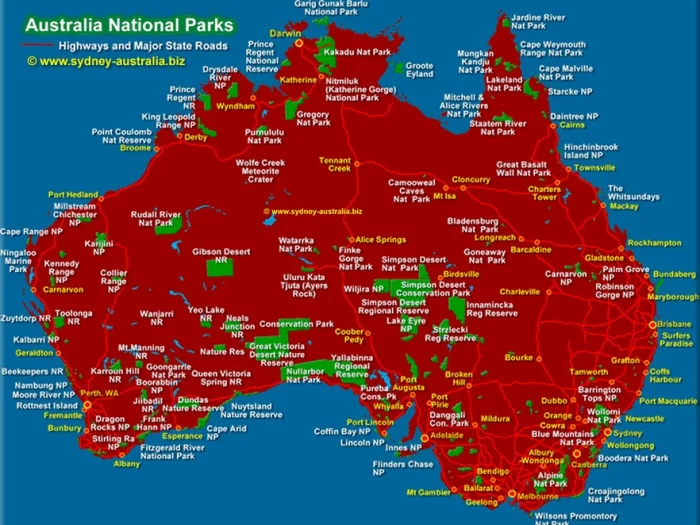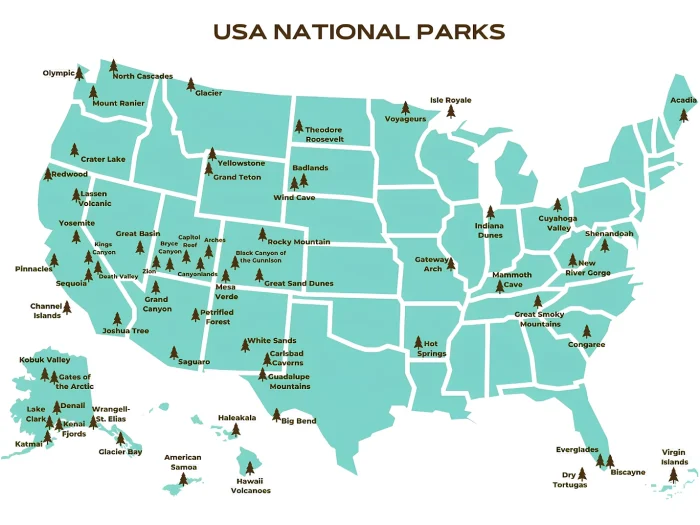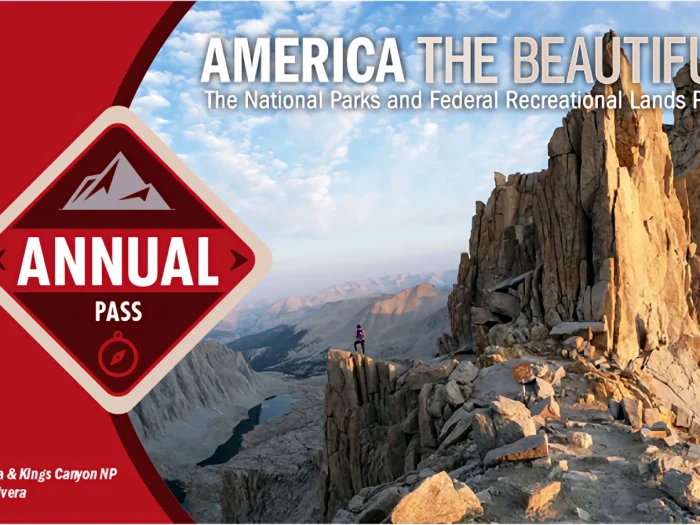8 National Park Road Trip Planning Tips for First-Time Visitors
Setting out for a national park adventure can be thrilling, especially when it’s your first time. The idea of discovering untamed landscapes, driving through winding roads, and feeling a sense of freedom is hard to beat.
But, like any good journey, it takes more than excitement to make it a success. Proper planning helps you avoid the unexpected, allowing you to enjoy each moment without stress. From prepping your car to mapping out your route, a little preparation ensures your trip is as smooth as the road ahead.

Photo by Raphael Loquellano from Pexels
1. Research and Secure Park Permits in Advance
Before you head out, check the entry requirements for the national park you plan to visit. Some parks, especially the popular ones, require permits or timed entry reservations, and these can sell out quickly during peak seasons. It’s a good idea to book your permits early to avoid any last-minute surprises.
While you’re at it, make sure to reserve campsites or lodging in advance if you plan on staying overnight. Many parks have limited accommodations, and spots can fill up months ahead of time. This small step ensures you have a place to rest after a long day of exploration.
2. Plan Your Route and Map Out Stops
Hitting the road without a clear route can be exciting, but having a well-planned path ensures you don’t miss out on key stops or run into avoidable issues. Use a reliable GPS or map app to lay out your journey, marking essential spots like fuel stations, rest areas, and scenic viewpoints along the way.
Make sure to include some flexibility for spontaneous stops or unexpected detours—part of the joy in a national park trip is discovering hidden gems you didn’t plan for. A balance of preparation and spontaneity makes for a smoother, more enjoyable adventure.
3. Essential Vehicle Maintenance Before Hitting the Road
A successful road trip starts with a vehicle that’s ready for the journey. Before you head out, check your car’s oil, brakes, tire pressure, and fluid levels. Ensuring everything is in good condition reduces the chances of breakdowns during the trip.
One of the most overlooked yet critical parts is your windshield wipers. Clear visibility is a must for safety, especially when unexpected weather hits. For wipers (and other accessories), make sure to purchase one designed for your car makeup. You can shop online with WindshieldWipers or other authorized marketplaces to be sure. A little attention to your vehicle’s maintenance can prevent disruptions and keep your focus on the adventure ahead.
4. Prepare for Long Drives: Snacks, Entertainment, and Comfort
Long stretches of road are part of the experience, so being prepared makes the journey more enjoyable. Pack a variety of snacks and drinks to keep energy levels up during those hours behind the wheel. Trail mix, granola bars, and bottled water are perfect for quick, easy access while on the go.
Entertainment is equally important—download your favorite podcasts, playlists, or audiobooks to pass the time. Don’t forget comfort items like a neck pillow, blanket, or sunglasses. Small comforts make a big difference on those long stretches between park entrances.
5. Know the Best Time to Visit Each Park
Good timing can make or break your national park visit. Some parks are best visited during certain seasons, while others can be enjoyed year-round. Research the weather patterns and crowd levels for your chosen destination to ensure a more pleasant trip. For example, visiting during shoulder season can result in fewer crowds and milder weather.
For popular parks like Yosemite, the best time to visit is from late spring to early fall (May to September), when the weather is mild and the waterfalls are at their peak. Yellowstone is ideal from April to May and September to October, offering fewer crowds and better chances of seeing wildlife. For Zion, late spring and fall provide the best hiking conditions, while Grand Canyon’s North Rim is accessible only from mid-May to mid-October due to snowfall.
6. Stay Safe: Wildlife and Environmental Considerations
Exploring national parks means encountering wildlife and unpredictable environmental conditions. To stay safe, always follow park guidelines for keeping a safe distance from animals. Never approach wildlife, and store your food in bear-proof containers to avoid unwanted visitors at your campsite.
Weather conditions can change rapidly in parks, especially at high altitudes. Be prepared for sudden storms, extreme heat, or cold snaps. Check the park’s website for any alerts or trail closures due to weather. Staying informed and cautious ensures that your experience remains safe while still enjoying the beauty of nature.
7. Take Advantage of Ranger Programs and Guided Tours
One of the best ways to learn about a national park is through ranger-led programs and guided tours. These activities provide deeper insights into the park’s history, wildlife, and natural features that you might otherwise overlook. Rangers can also point you toward hidden gems and offer advice on trails that match your skill level.
Guided tours, whether by foot, boat, or vehicle, are available in many parks and offer a more immersive experience. Be sure to check the park’s schedule in advance to plan around these informative programs and make the most of your visit.
8. Capture the Moments but Leave No Trace
Capturing stunning photos of your trip is a great way to remember your adventure, but it’s important to respect the environment while doing so. Stay on marked trails to avoid damaging fragile ecosystems and never disturb wildlife for a better shot. Keep your distance and use zoom lenses if needed.
Follow the Leave No Trace principles by packing out all trash, staying mindful of the environment, and leaving everything as you found it. This helps keep the parks clean and preserves their beauty for future generations. Enjoy the scenery without leaving an impact behind.
Wrapping Up
Photo by Drew Dau from Unsplash
A national park road trip is an unforgettable experience, especially for first-time visitors. With a little planning and preparation, you can make sure everything goes smoothly, allowing you to fully enjoy the beauty and adventure that awaits. From securing permits to packing smart and preparing your vehicle, each step ensures a more enjoyable and stress-free journey.
By staying mindful of safety, wildlife, and environmental preservation, you’ll not only have a memorable trip but also help protect these stunning natural treasures for future generations. Now it’s time to hit the road and start exploring the breathtaking landscapes that national parks have to offer!




